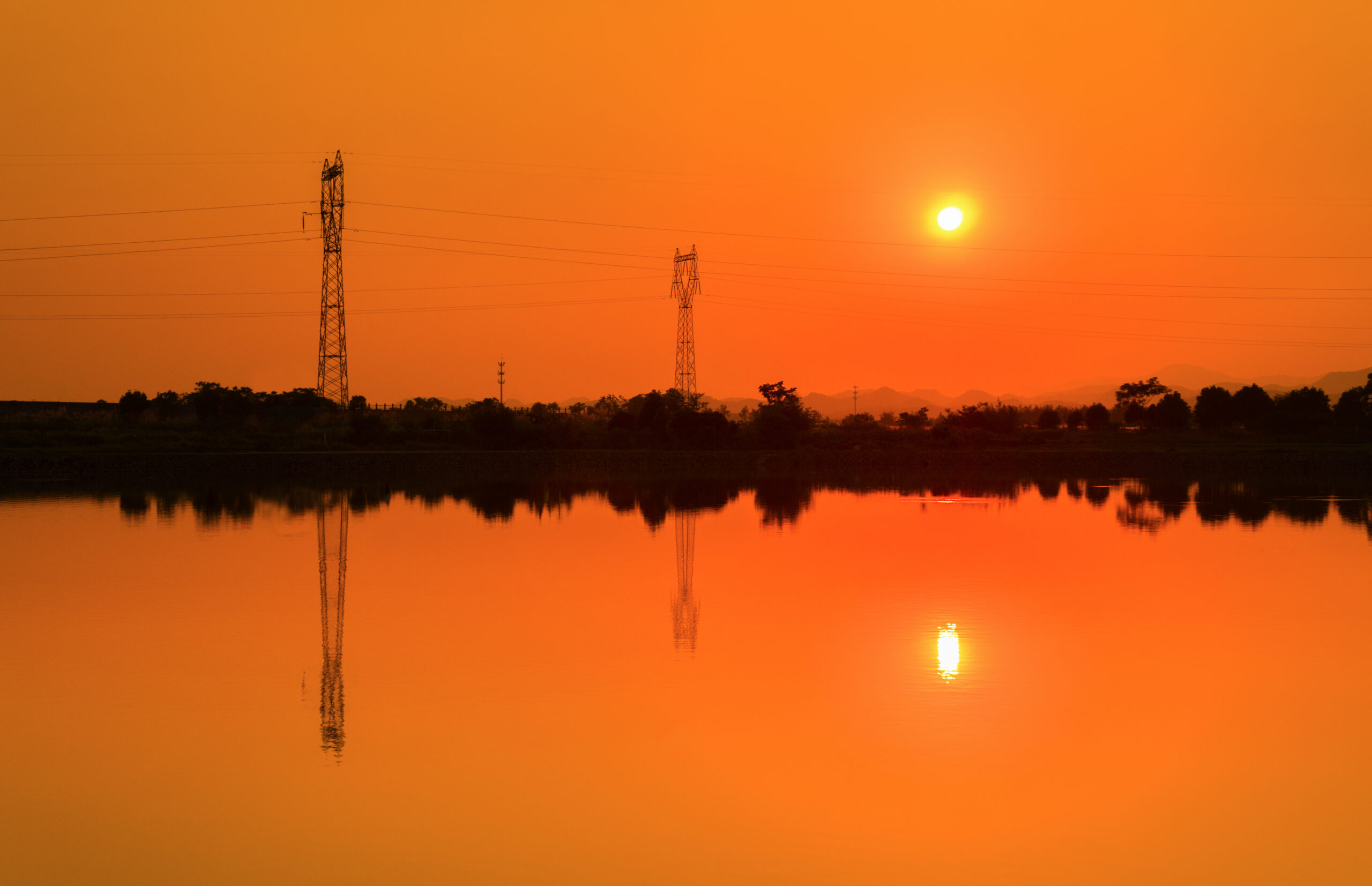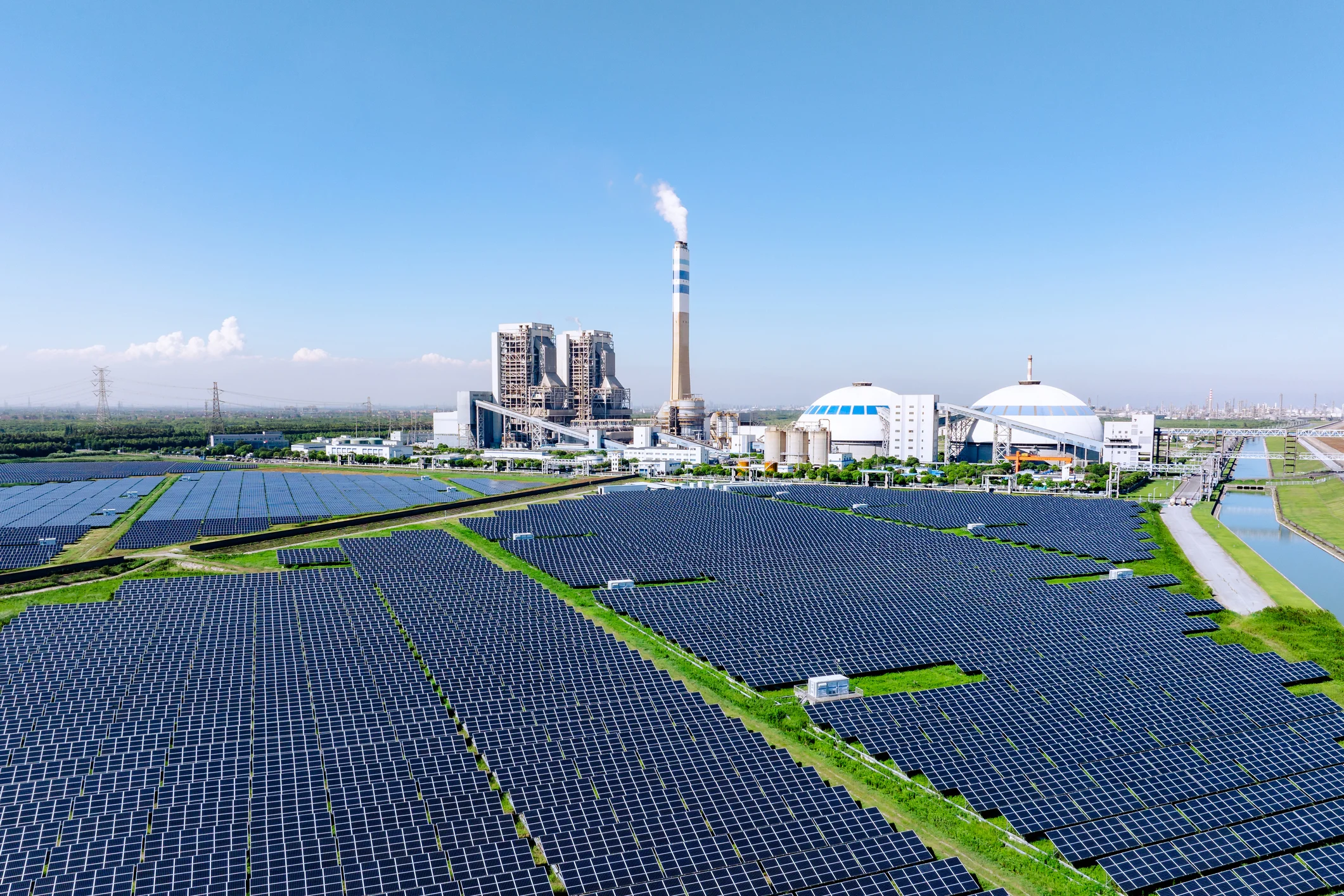The Energy Information Administration (EIA) reports that the recent heat waves plaguing the northern hemisphere this summer have caused a massive surge in demand, surpassing seasonal peak load forecasts. For electric utilities, heat waves challenge grid resiliency and drive up operational costs, as grid operators scramble to meet spiking demand. In response, Federal Energy Regulatory Commission (FERC) chair Mark Christie called for more dispatchable resources to meet demand. These distributed energy resources (DERS) are useful in demand flexibility programs like virtual power plants, which aggregate otherwise disparate devices to shift demand to off-peak periods of consumption or redistribute ambient communally generated energy, both through a distributed energy resource management system (DERMS).
The Heat Is On
Heatwaves are, of course, nothing new, with records and reports going back centuries. As of this writing, the northern hemisphere is enduring a brutal and potentially deadly global heatwave that sees temperatures in the triple digits and the threat of wildfires higher. These temperature extremes are driven by climate change, which has resulted in the warmest decade in recorded history, with each successive year incrementally hotter than the last. Furthermore, heatwave frequency, duration, and intensity have all increased incrementally over time, further challenging utilities to meet rising demand.
Cost of Heatwaves
First and foremost, the human cost of heatwaves is serious: heatwaves—particularly prolonged periods of high temperature extremes—have led to a slow uptick in human casualties. A 2021 report from the Atlantic Council notes that low-moderate income (LMI) communities are more likely to live in energy poverty, driven by affordable, but energy-inefficient homes. That report continues noting that communities with better tree cover (and shade) have comparatively affordable energy costs, further demonstrating the critical role of trees in minimizing energy needs, while decreasing high utility bills.
– Syd Bishop, Sr. Content Specialist, Virtual Peaker
Beyond challenges to individuals, heatwaves are expensive to the economy. For example, analysts have found that worker productivity decreases totaled nearly $100 billion in 2020, a number that promises to double by 2030 and hit $500 billion by 2050, if left unchecked. This, in turn, creates credit risks for electric utilities, as LMI communities struggle to keep up with the increased costs driven by heat waves.
As energy needs increase during heat waves, utilities have struggled to keep up with rising demand. Research indicates that the increased frequency and duration of heatwaves have led to an increase in power outages, further compounding the human cost, while challenging grid operators to meet rapidly rising demand. Fortunately, demand flexibility strategies like virtual power plants can enhance grid resiliency while defraying high peak energy costs.
Virtual Power Plants
Through a Grid-Edge distributed energy resource management system (DERMS), utilities can aggregate otherwise disparate distributed energy resource (DER) assets like solar, battery energy storage systems (BESS), electric vehicles and EVSE chargers, and smart devices like thermostats or water heaters for use in demand flexibility programs like demand response, EV charging, or virtual power plants.
In late June 2025, during a heatwave in New England, utilities deployed a virtual power plant to keep the lights on. By accessing behind-the-meter solar and batteries, grid operators were able to decrease costly peak-demand energy market purchases, while re-empowering the grid through communally available resources. Through functionality like Topline Demand Control (TDC), a combination of a Grid-Edge DERMS with AI, model predictive control, and forecasting software that optimizes DERs at the device level to guarantee a preferred outcome, utilities can rely just as much on the behind-the-meter DER assets already in communities, as with utility-held DER assets.
Demand Conservation
In 2023, the Department of Energy (DOE) called for more than 80-160 GW of virtual power plant capacity by 2030, noting that the U.S. currently produced approximately 30-60 GW of virtual power plant capacity as of 2023, largely attributable to demand response programs. Utilities can aggregate energy management technologies like batteries, EVs, thermostats, or water heaters to form a virtual power plant to decrease energy usage during peak periods of consumption. These virtual power plants decrease energy consumption during peak periods of consumption through aggregate device control, by decreasing temperatures or mitigating charging times.
Demand Snapback
Demand flexibility events like virtual power plants are deployed during grid events like heatwaves to either redistribute or conserve energy to better meet increased demand. During these events, program participants utilize less, decreasing the overall energy burden on the grid while lowering overall costs. As with any virtual power plant strategy, post-event snapback is an inevitability. Demand snapback refers to the spike in energy usage as users return to their previous energy patterns. Ideally, grid events operate during periods of peak consumption, but with the increased frequency and duration of extreme temperature events, the window for peak periods of demand is increasing.
Utilities can mitigate snapback from virtual power plant events through informed planning. Using forecasting software, utilities can access real-time and historical data to predict future needs and plan accordingly. Likewise, utilities can stagger demand events or use functionality like flexible dispatch to specifically address energy bottlenecks or problem areas along the grid.
Using Virtual Power Plants To Meet Demand During Heatwaves: Conclusion
Climate data indicates that annual heatwaves aren’t likely to slow down any time soon. While supply chain and tariffs, increased AI and data center developments, and the ongoing impact of climate change endure, virtual power plants offer a practical solution that leverages the behind-the-meter DERs that already exist in service territories to meet demand. Utility customers want to be informed about opportunities to decrease their own rising bills, while contributing to grid-scale energy efficiency, and have demonstrated a willingness to participate when informed.





